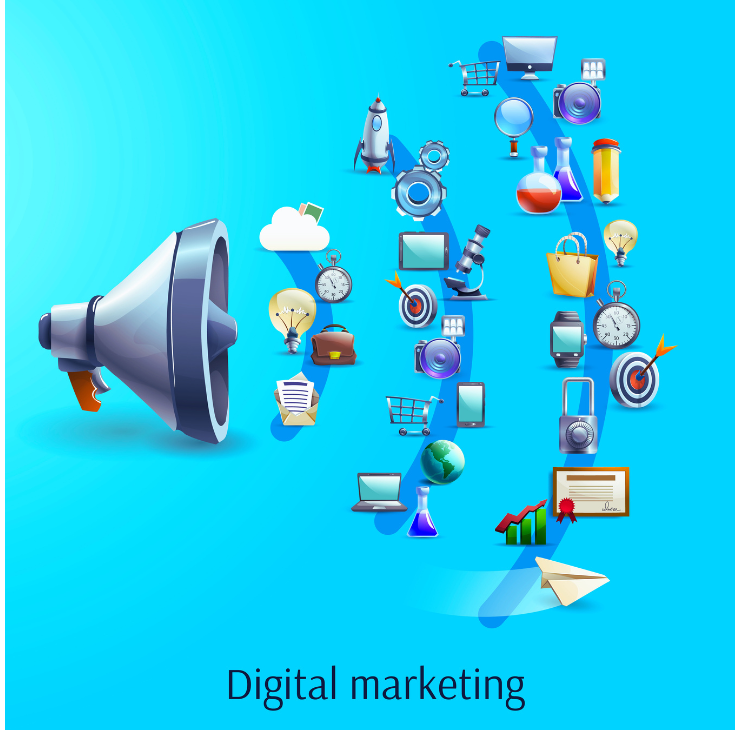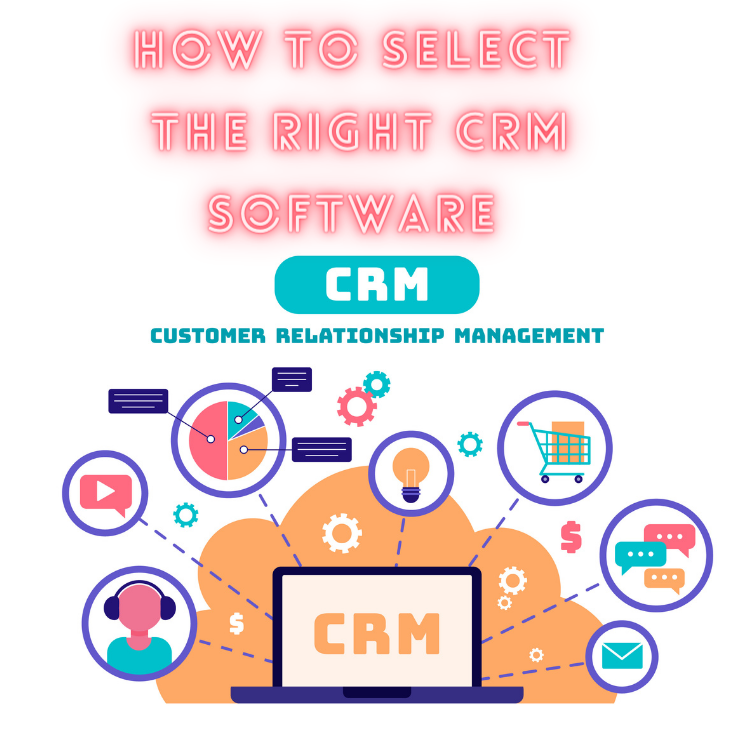The future of digital marketing certainly seems exciting! While we cannot predict the future with absolute certainty, experts have given us some good ideas of what might be coming down the road in 2024. In this article we will discuss some recent trends in digital marketing
Modern trends in marketing

Here are a few trends folks in marketing will want to keep an eye on:
1. Personalization
Personalized marketing will likely become even more important. As companies get better at collecting and analyzing information using AI and machine learning, they’ll be able to create experiences that are tailored just for each individual customer.
2. Voice Commands
Devices like Siri, Alexa and Google Assistant continue growing, so optimizing content for talking searches will become key. Marketers will need strategies for queries by voice instead of type, including commonly used terms and a conversational style.
3. Augmented Reality (AR) and Virtual Reality (VR)
AR and VR have potential to really enhance customer experiences. Brands may use these technologies to build interactive content allowing people to get a feel for products or events before buying.
4. Influencer Marketing
Partnering with influencers will still be a good way to reach audiences. But influencers themselves may evolve, like the rise of “micro-influencers” with smaller but very genuine followings. Authentic collaborations could also matter more.
5. Video Marketing
Video will likely remain huge in digital marketing. Short clips, livestreams, and interactive videos may grow in popularity since they offer engaging ways to share messages in a memorable fashion.
6. Privacy and Data Protection
With more emphasis on privacy, marketers will need strong policies for how customer information is collected, stored and used. Regulations and public desires for privacy will shape a company’s data practices.
Of course, technology continues advancing rapidly so adaptability and ongoing learning will serve marketing teams well to adjust tactics as the times change. But keeping an eye on these key areas may provide insights into what’s ahead!
“Also Read: Deciphering Consumer Behavior: best 5 Key Psychological Principles in Marketing”
Effective approaches to personalize digital marketing efforts

Businesses can implement several strategies to create tailored experiences for their customers. Here are some effective ways businesses can provide personalized experiences for their customers:
1. Customer Profiling
Gathering information about customers allows companies to target messages. Things like interests, spending habits or lifestyle provide clues to tailoring offerings.
2. Email Customization
Using customer data in newsletters addresses people respectfully and recommends products aligning with their preferences. This fosters greater participation.
3. Adaptive Websites
Websites catering content to users through location context or past site activities create a better experience.
4. Targeted Landing Pages
Landing pages focused on certain customer profiles or campaigns improves relevance and results.
5. Suggestions Based on Preferences
By learning patterns in purchasing or browsing history, platforms can suggest extra items customers likely want.
6. Social Media Interactions
On social media, addressing concerns and providing individualized assistance or tips relating to profiles strengthens bonds.
Customer segmentation for personalized marketing
Here are some effective steps businesses can take to implement Customer segmentation for personalized marketing
1. Gathering Insights
Learn more about customers through surveys on their site, observing what folks look at online, or loyalty programs. The more that’s understood about people, the better they can be grouped.
2. Finding Common Threads
Determine what connects customers – like age, location or interests. Qualities that inform offerings should guide how customers are compiled.
3. Classifying Customers
Analyze the insights gathered and place customers into clear categories based on what draws similarities between them. Keep groups applicable for reaching them.
4. Making Profiles
Take the categories further by sketching sample customers as archetypes – without real details for privacy. This helps empathize needs and desires to shape communication.
5. Customizing Outreach
Target emails, posts, product placement and more to suit each category. Tailor tone, images and information to appeal to the profile archetypes representing them.
6. Checking Effectiveness
Continually monitor how well personalized strategies fare. Use feedback and results to perfect approaches over time as understanding of customers grows.
7. Automating Sensitively
Systems can assist scaled personalization when guided respectfully through data and with privacy as top concern. Focus stays understanding humans.
Segmentation fosters caring for customers not as a mass but individuals. Continually listening to refine efforts shows valuing people over strategies alone. Together, relevance and care nurture lasting relationships beneficial for all.





